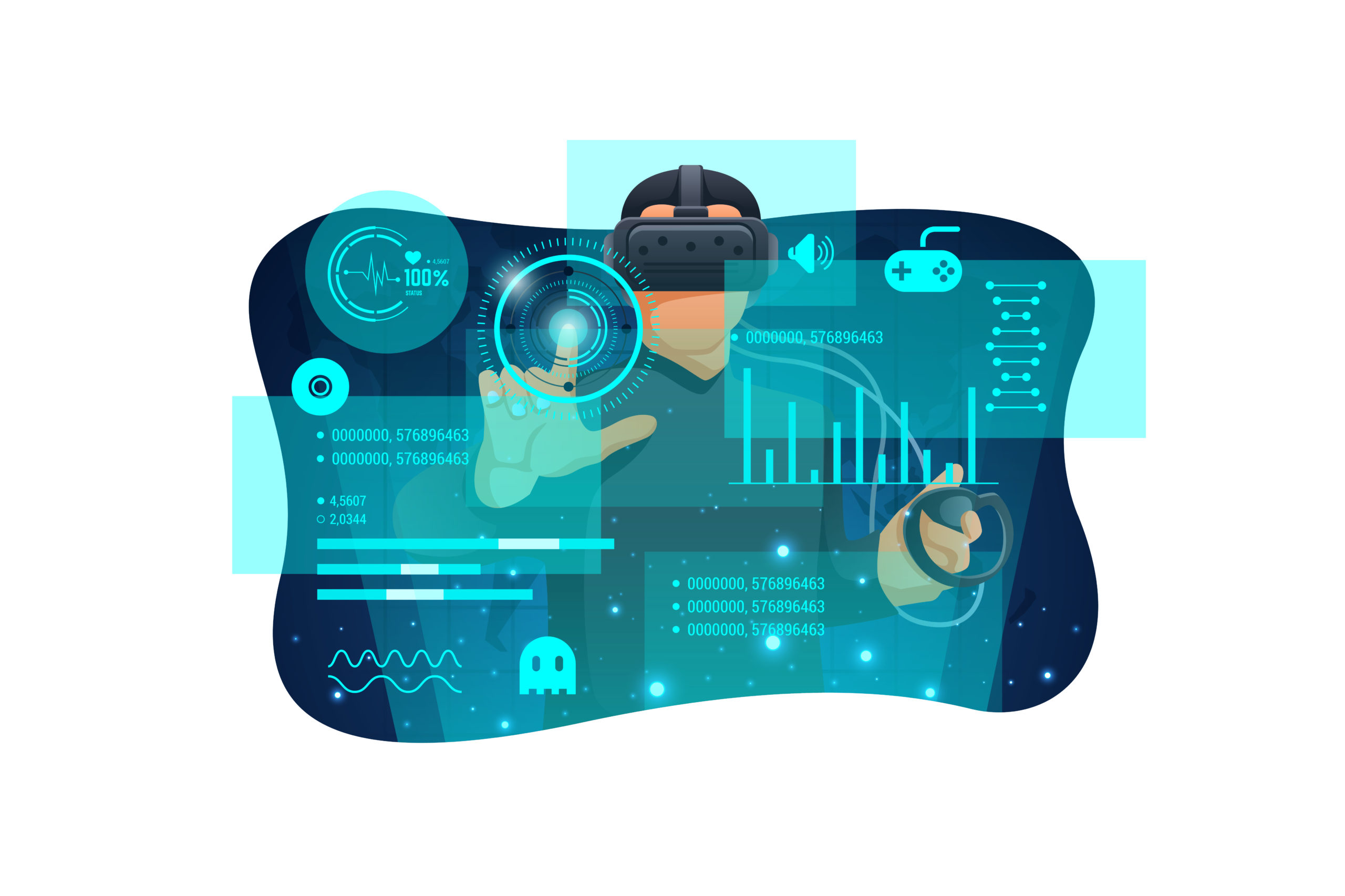

Story Thinking is the process of solving real-world problems and pain points from the prism of story. Throughout the millennia, it has been innate in us as humans to frame and respond to challenges by treating our experiences as a story. With Story Thinking, the development of products or services are broken down into story elements – characters, setting, plot, conflict, and resolution – to create and deliver value.
Story Thinking is particularly beneficial when developing products or services since it can generate ideas based on imagination, distill truths behind value propositions, and compel engagement from target audiences. With these, the insights from Story Thinking naturally extends to marketing, customer support, and even organizational culture.
At PageJump, we guide our clients into applying Story Thinking using our 3H (Hero-Hurdle-Happy Ending) Framework. Here’s the process in a nutshell.
Hero
In any story, there’s always a hero. Also called the protagonist, the story is mostly seen from the hero’s point of view. So how do you identify the hero of your product story? Of course, it is your ideal customer. It is up to you to portray the goals, skills, and limitations of your hero. Clarify what he or she expects to happen. By doing so, you can drive the design of your product or service following the hero’s journey.
To get in character, you can start researching about your hero using tools such as anecdotal information, interviews and participant observations, surveys, case studies, and analytics. When you have baseline data, you can zoom in to demographic information (age, gender, nationality, education, etc.) and psychographic profiles (goals, skills, attitudes, interests, opinions, and values). Don’t forget to assign your hero a fictional name, as well as his or her physical appearance, mannerisms, likes and dislikes, and emotional responses to fully realize an ideal customer.
Hurdle
Without conflict, a story is merely a narrative sequence: who does what, and what happens next. Conflict makes us care about the story. Also known as the “hurdle”, this is what the hero of your story is trying to surmount. It’s useful to think of the hero’s hurdle as a set of scenarios. Identify the pains, challenges, and battles that our hero would face. In terms of your product or service, the hurdle could be unpacked as what’s stopping the hero from triumphing over his or her goal. To get to this, identify real-world problems that are worth solving, and then clarify the scope of your product or service and anticipate how the hero will use it in context.
Happy ending
Consider your product or service as the elixir – the tool that helps the hero triumph. In age-old stories, the elixir has to be found and earned by a worthy hero. As such, you have to be mindful of the hero’s journey. What does it cost for the hero to get it? What instances would trigger its use? What can the hero ultimately achieve through it? From a mere tool, a true elixir results into the defeat of an enemy, a better understanding of the self and the world, and a deeper connection with others.
By applying the 3H framework in Story Thinking, you’ll be able to understand whom you are developing the product or service for, delve into pain points and treat these as opportunities, and emphasize the value that your product or service brings.
If you’re interested in learning more about the 3H framework and how to use it for your business, contact us for a customized workshop.





1 comment on “What is Story Thinking?”